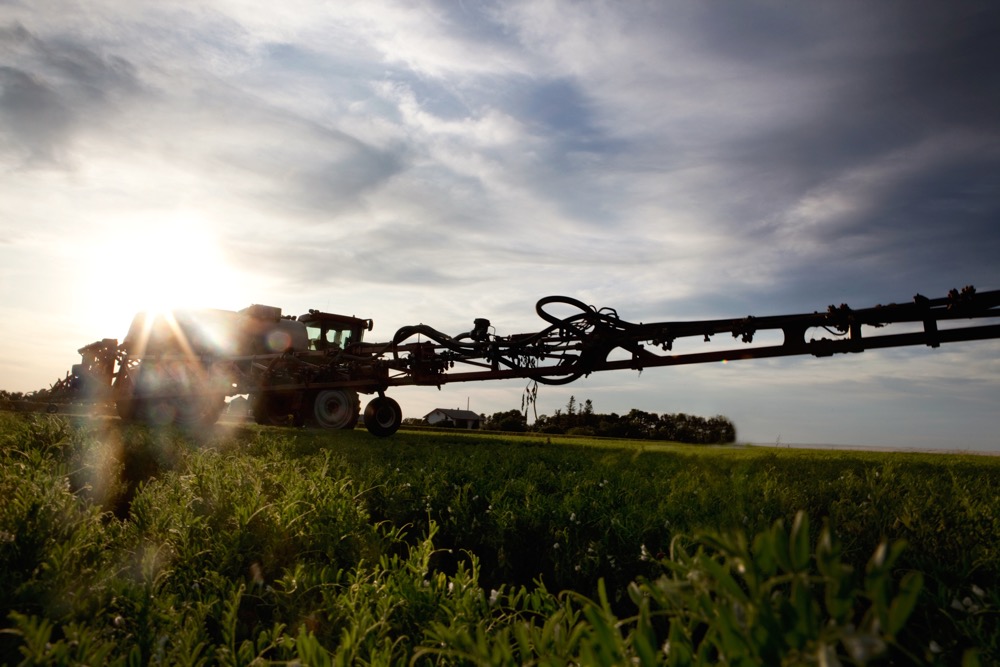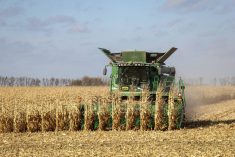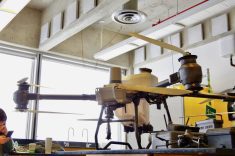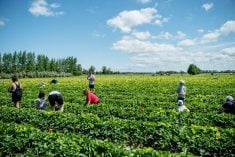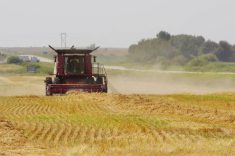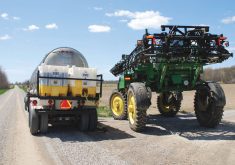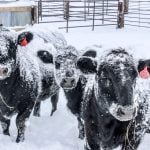In addition to drift caused by wind the herbicide dicamba can end up off target due to volatilization, also referred to as vapour drift, and temperature inversions.
Last week’s stories on dicamba (see ‘Related Articles’ below) prompted a reader to ask about the weather conditions for both. The University Minnesota explains it on its website here.
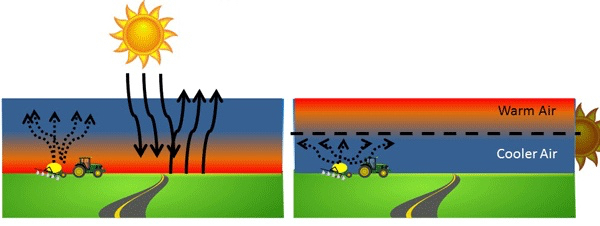
The following is as edited version:
Volatilization or vapour drift
Vapour drift occurs when a herbicide changes from a liquid to a gas, and these vapours move out of the treated field.
This change depends on several factors related to the herbicide formulation and environmental conditions.
Vapour pressure
A herbicide’s vapour pressure measures its tendency to volatilize. As the vapour pressure of a herbicide increases, the potential for volatility also increases. Dicamba’s high vapour pressure makes it one of the most volatile herbicides. While new formulations have made definite improvements, reduced volatility and no volatility are not the same thing. All commercially available dicamba formulations have the potential to volatilize.
Read Also
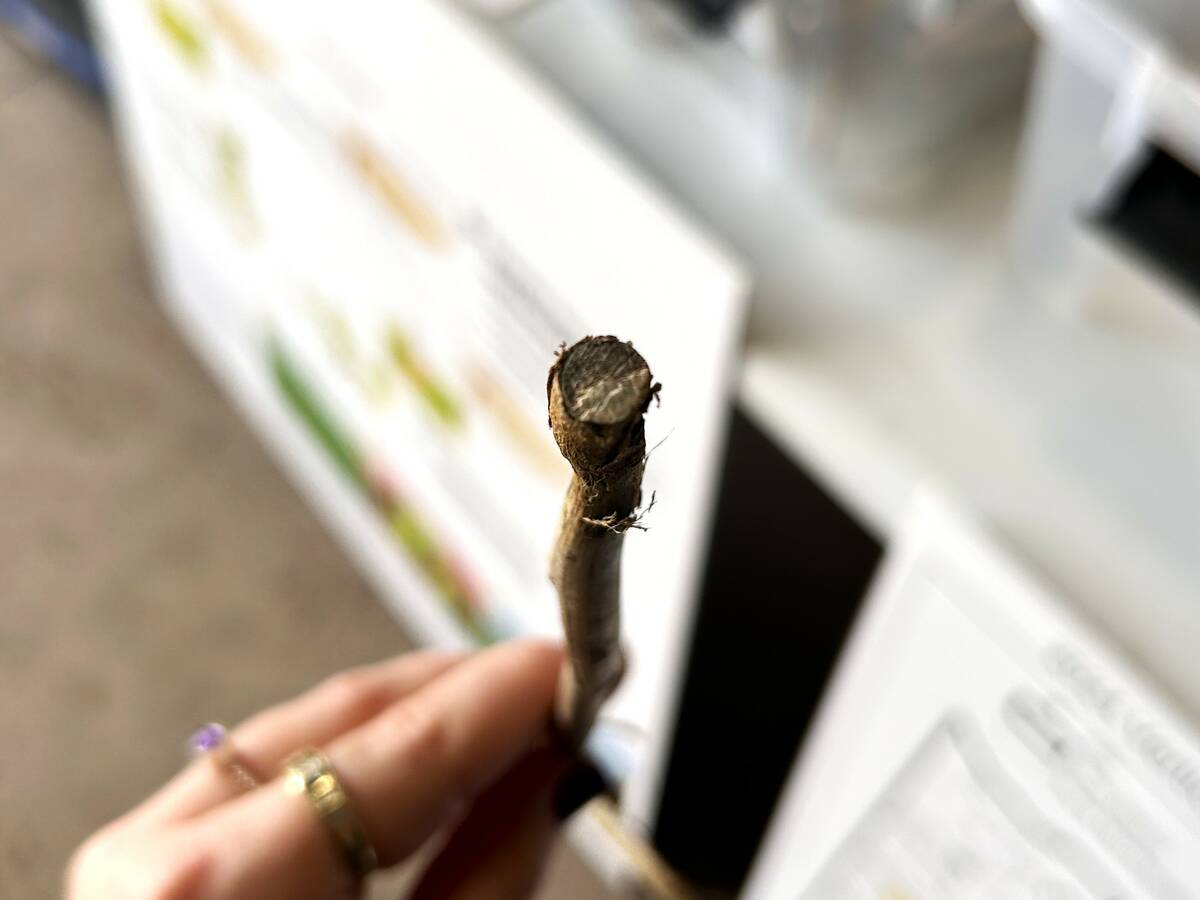
Manitoba canola embattled by verticillium
Verticillium stripe pressure has been growing in Manitoba, and canola farmers still have precious few tools to protect their crop from the disease.
Application rate
Increasing the dicamba application rate increases volatility, due to higher concentrations on crop leaves. Similarly, volatility will increase when applying dicamba to taller corn or soybean, because the evaporative surface area is larger.
There are also volatility differences depending on the type of surface dicamba is applied to. In growth chamber studies, significantly more injury occurred when dicamba was applied to corn or soybean leaves (40 per cent) than when it was applied to soil (26 per cent).
Environmental condition
Volatility tends to increase as soil moisture and temperature increase. Low relative humidity also increases the potential for volatilization. The greatest potential for dicamba vapour movement is under hot, dry conditions during and after application.
As soil moisture decreases, more dicamba can be adsorbed to soil colloids. This, in turn, reduces the amount of herbicide available to volatilize.
Combining the factors
Keep these factors in mind:
- High temperature increases volatility.
- Low humidity increases volatility.
- Slow air movement concentrates dicamba vapour.
- Dry conditions increase volatility.
- Taller soybeans increase leaf area, providing more evaporative surface area for volatilization.
- Products such as ammonium sulphate (AMS) can cause the new dicamba formulations to disassociate to the most volatile acid form before it’s even sprayed.
Identifying volatilization injury in the field
Unlike the classic injury pattern associated with particle drift, uniform symptoms across an entire field suggest off-target movement by volatilization.
Dicamba vapour can move much farther than spray drift particles, perhaps travelling as far as half a mile.
If injury symptoms decrease as you move from the source, particle drift is the likely mechanism of off-target movement. However, if symptoms are uniform in a very large area (whole field), then volatilization is the likely mechanism.
Temperature inversions
Temperature inversions occur when warm air rises into the atmosphere and cool air settles near the ground. With the light, warm air above the cool, denser air, no air mixing occurs.
When herbicides are applied during a temperature inversion, small droplets can remain suspended in the air for long periods of time. These concentrated particles can then drift out of the target area when winds begin to move the following morning. Where and how far they move depends on wind speed and direction.
Typically, temperature inversions start at dusk and break up when air begins mixing again at sunrise.
The dicamba label doesn’t allow applications during temperature inversions. In addition, dicamba can only be applied between sunrise and sunset.


